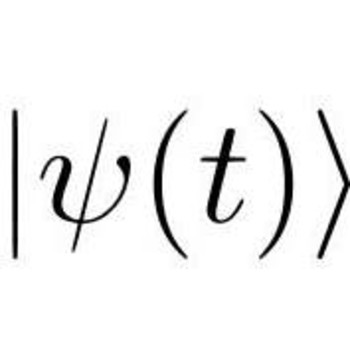Question #aecf3
2 Answers
Explanation:
Well, they are in opposite directions, and the
Thus, the resultant force is
Since the
Explanation:
I will assume that the
The x axis component of the 10 N force would be
The y axis component of the 10 N force would be
The x axis component of the 30 N force would be
The y axis component of the 30 N force would be
The x component of the resultant is
The y component of the resultant is
The magnitude of the resultant is
The direction of the resultant is
I hope this helps,
Steve


